For the first time in two decades, Bangladesh and Pakistan have held a Joint Economic Commission (JEC) meeting in Dhaka, marking a revival of an institutional dialogue that had been dormant since 2005.
The two-day meeting, held earlier this week, was co-chaired by Bangladesh’s Finance Adviser Salehuddin Ahmed and Pakistan’s Petroleum Minister Ali Pervaiz Malik.
The renewed discussions, however, come at a time when the economic realities of both countries could not be more divergent — and for Bangladesh, any deepening of ties with its financially struggling former counterpart carries more risks than rewards.
What happened at the Bangladesh-Pakistan JEC
The JEC is the highest-level bilateral mechanism for economic cooperation between Bangladesh and Pakistan.
The last such meeting was hosted in Islamabad twenty years ago. Its revival was meant to focus on strengthening collaboration in areas including agriculture, trade, information technology, aviation, energy, shipping, and food processing.
During the latest session, Islamabad expressed interest in importing jute and jute products from Bangladesh and proposed allowing Bangladeshi exporters to use Karachi Port for regional trade with China and Central Asian states.
Both sides agreed to create focal points in key ministries to follow up on projects and review implementation progress.
“This is a very important meeting. After 20 years, we’ve resumed our economic dialogue with Pakistan, and it has been a very successful one,” said Salehuddin Ahmed after the talks.
“Cooperation in agriculture, IT, maritime transport, and other sectors will benefit both nations.”
Pakistan’s Petroleum Minister Ali Pervaiz Malik called the dialogue a “milestone in rebuilding economic cooperation,” stressing that both countries must “expand beyond jute and explore new areas like agriculture, pharmaceuticals, and energy.”
Despite the cordial atmosphere, trade between the two remains minimal — below $1 billion annually. According to Bangladeshi trade data, in FY2025 Dhaka imported goods worth $787 million from Pakistan and exported only $80 million, primarily consisting of jute and jute yarn.
Officials acknowledged that no specific trade targets were finalised during the meeting, and progress will depend on follow-up actions before the next JEC session.
Why Dhaka is in a lose-lose position
Though both nations share a common pre-1971 past, their economic paths since independence have diverged sharply.
Bangladesh, once dismissed as a basket case, now stands as one of Asia’s fastest-growing economies. Its GDP of $411 billion ranks it as the 33rd largest economy in the world, while Pakistan’s GDP trails at around $347 billion.
In the 2025 fiscal year, Bangladesh presented a $71 billion national budget and projected a 7.5 per cent growth rate, with foreign reserves of roughly $31 billion.
Exports have surged to $52 billion, with an ambitious target of $67 billion for FY2025 — driven by its garment industry, which employs millions of workers, including nearly 2.5 million women out of a 4.2 million-strong female workforce.
Pakistan, by contrast, is struggling to sustain basic economic stability. Growth has slowed to 3.5 per cent, inflation has soared above 21 per cent, and reserves have dropped below $4 billion, including borrowed funds from allies and the International Monetary Fund (IMF).
Its exports remain stuck at $31.78 billion, far short of the $38 billion target, and actual goods and services exports are only about $21.5 billion.
According to an IMF report, Pakistan needs a $7 billion loan to avert a balance-of-payments crisis. Between 2023 and 2026, it must repay about $75 billion in total debt obligations, averaging $25 billion annually — an amount it currently lacks the means to service.
The situation has been compounded by poor governance, administrative inefficiencies, and political instability. Inflationary pressure, rupee depreciation, and high energy prices have discouraged private investment.
With the government heavily dependent on bank borrowing, financial institutions prefer to invest in sovereign debt rather than lend to the private sector.
Observers describe a vicious cycle: the government borrows more to service existing loans, while banks, in turn, invest in those very debt instruments, crowding out private credit.
Subsidy withdrawals and power tariff hikes have further constrained production and consumer demand. The result is an economy under immense strain, with what economists call “pressures of unmanageable proportions.”
At the same time, Pakistan continues to grapple with social and administrative challenges. Economic hardship, political paralysis, and rising insecurity have hindered recovery. The country remains reeling from recent devastating floods, rising poverty, and a widening fiscal deficit.
How strained India-Bangladesh ties resulted in Pakistan’s opportunism
The timing of Pakistan’s renewed outreach coincides with strained relations between Bangladesh and India, which have traditionally enjoyed close ties since 1971.
The ouster of former Bangladeshi Prime Minister Sheikh Hasina last year, following widespread student-led protests, has triggered uncertainty in Dhaka’s foreign policy orientation.
In recent months, India has introduced several trade restrictions on Bangladeshi exports, particularly jute, woven fabric, and processed food items. New Delhi justified these curbs as measures to protect domestic industries affected by Dhaka’s export subsidies.
India’s new rules banned the import of several jute products through all land routes and imposed port restrictions on ready-made garments and food products.
The transhipment facility that previously allowed Bangladesh to send goods to Europe and West Asia t was also withdrawn, except for shipments to Nepal and Bhutan.
These actions have had immediate economic consequences. Bangladesh’s jute export earnings fell to $3.4 million in July 2025, down from $12.9 million in July 2024.
In retaliation, Dhaka suspended yarn imports from India through key land ports such as Benapole, Bhomra, Sonamasjid, Banglabandha, and Burimari.
Sensing an opportunity, Islamabad offered to step in. During the JEC meeting, Pakistan proposed allowing Bangladeshi exporters to use Karachi Port for access to markets in China and Central Asia.
Pakistani officials also reiterated their interest in importing jute and jute yarn from Bangladesh — a symbolic gesture aimed at diversifying trade beyond traditional partners.
However, despite the offer, logistics experts note that Karachi Port is already overburdened and that Pakistan’s own export infrastructure remains inefficient and debt-laden. In practice, the offer may hold more diplomatic significance than genuine commercial value.
How Bangladesh-Pakistan still have a history to settle
Beyond trade and economics, the resumption of Pakistan-Bangladesh dialogue revives unresolved historical sensitivities. Earlier this year, Pakistan’s Deputy Prime Minister and Foreign Minister Ishaq Dar claimed that “all issues of 1971” had been resolved — a statement swiftly rejected by Dhaka.
Foreign Adviser Touhid Hossain responded, “We acknowledged that the issues of 1971 cannot be solved in a day. But we agreed to keep the conversation going.”
He reiterated that a formal apology, the repatriation of stranded Pakistanis, and the division of pre-1971 financial assets remain unresolved.
The two countries had held their first foreign secretary-level talks in fifteen years in April 2025, followed by Dar’s visit to Dhaka — the first by a Pakistani foreign minister in over a decade.
Though symbolic progress was made, no breakthroughs occurred on the contentious legacy issues.
Meanwhile, Dhaka’s interim leader Muhammad Yunus has faced domestic and international criticism over his diplomatic gestures. His April visit to Beijing saw him describe China as the “only guardian of the ocean” for India’s “landlocked northeastern region,” a remark that sparked anger in New Delhi.
The controversy deepened when Yunus presented Pakistani General Shamshad Mirza with a book whose cover showed a map of Bangladesh including parts of India’s Northeast.
These developments have raised questions about Bangladesh’s strategic direction. While seeking to rebalance relations in South Asia, Dhaka risks antagonising key partners such as India — its largest trade and transit ally — for limited economic gains from Pakistan.
For now, trade and cooperation with a bailout-dependent Pakistan — an economy still struggling to stay afloat — may prove more burden than benefit for Bangladesh.
The JEC may have reopened dialogue, but in economic terms, it remains a lose-lose proposition.
With inputs from agencies


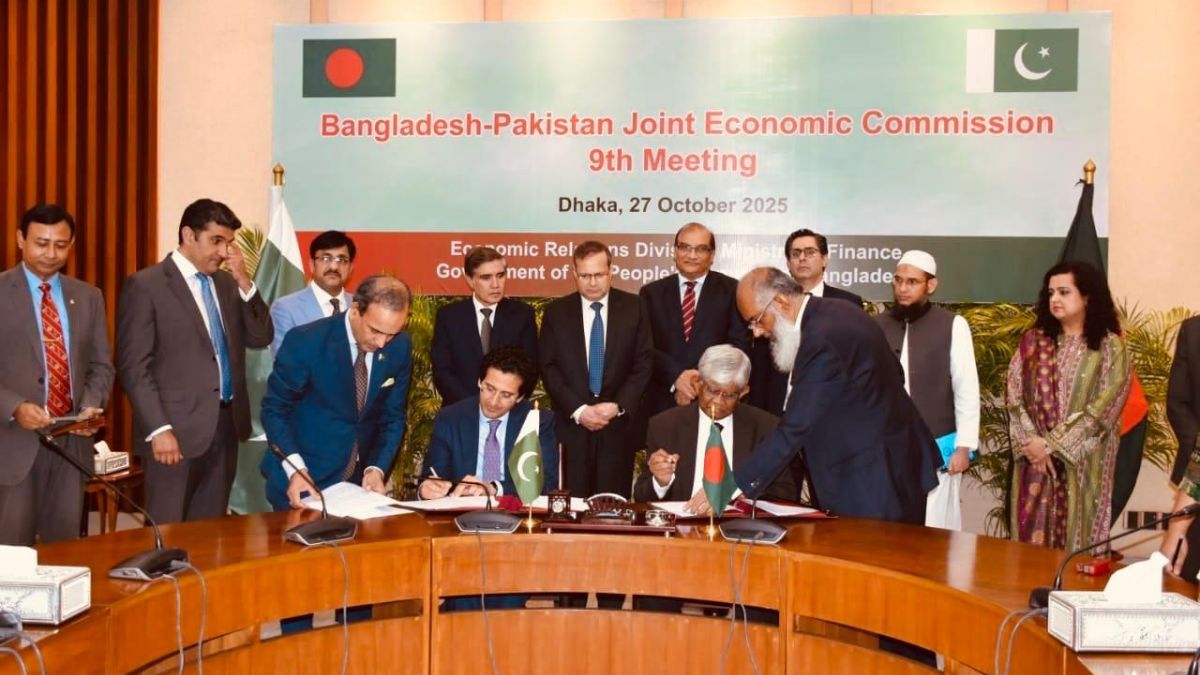)
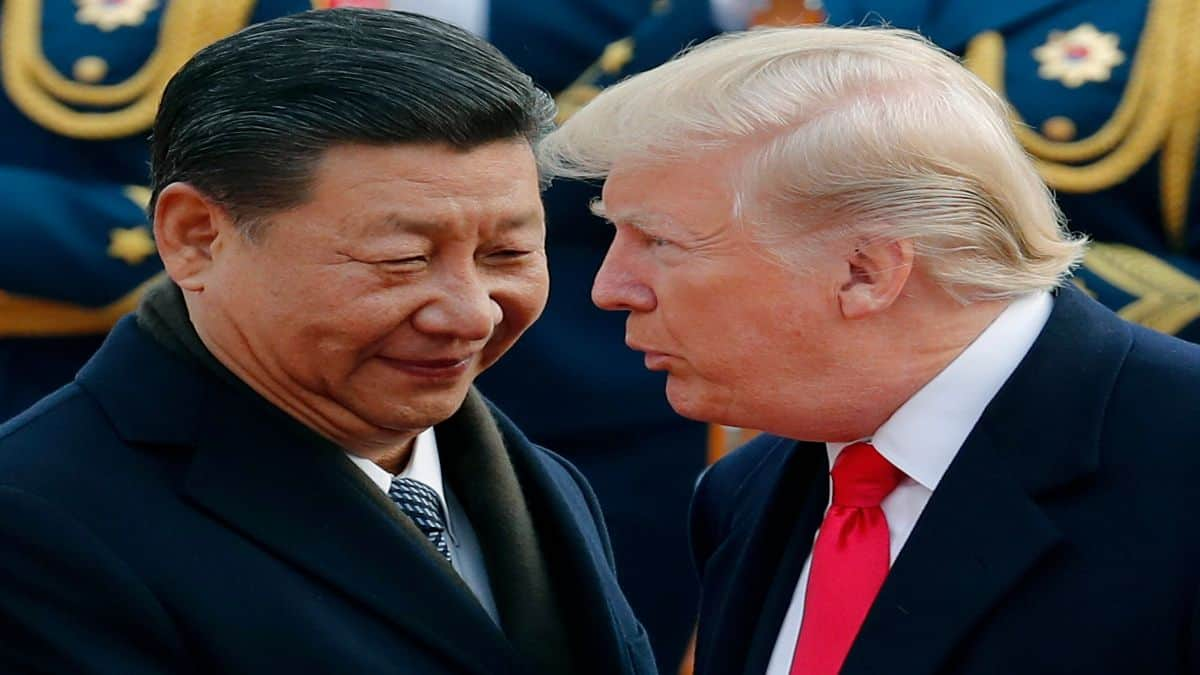
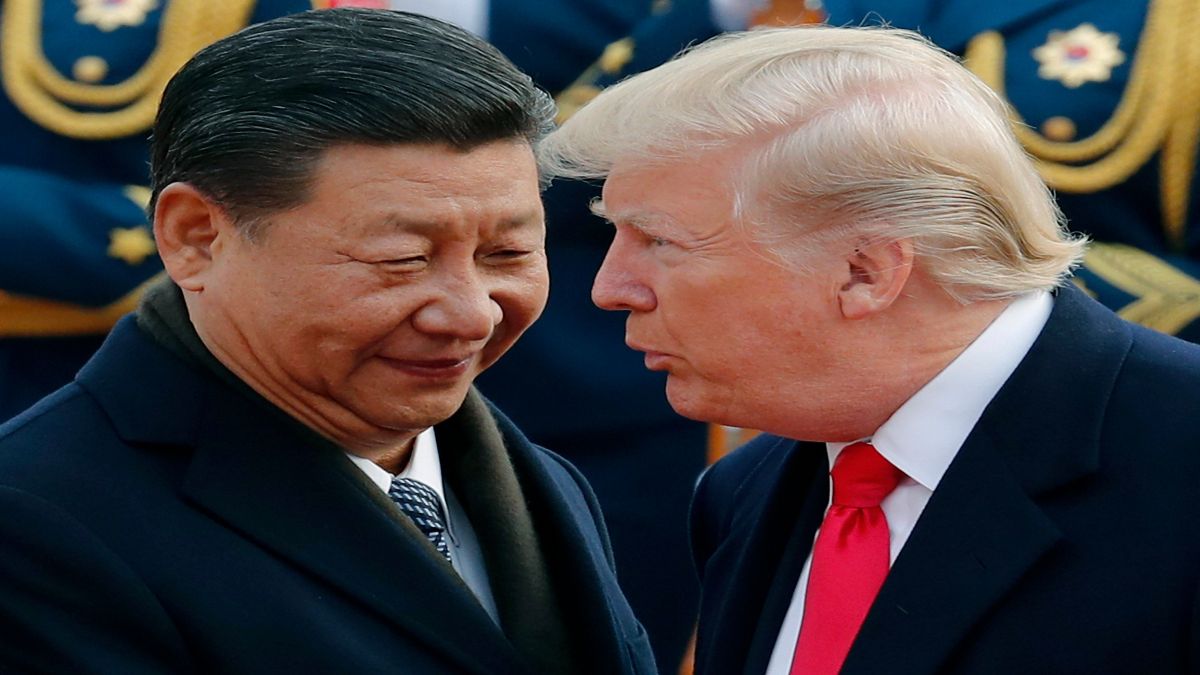)
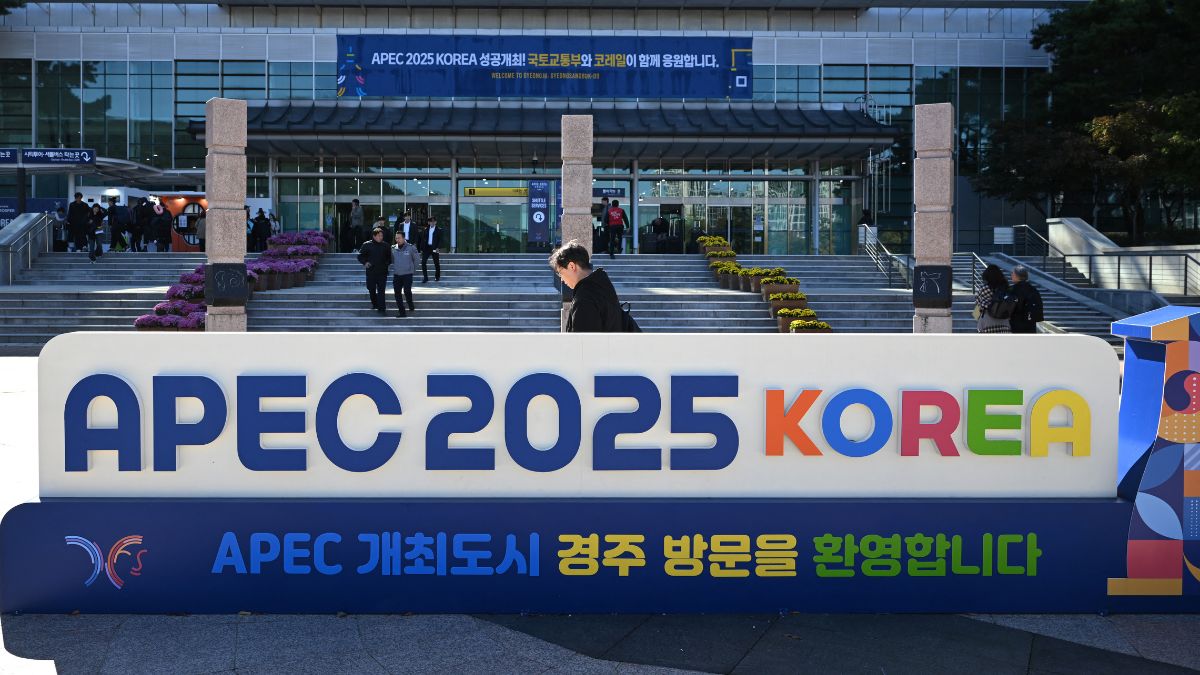)
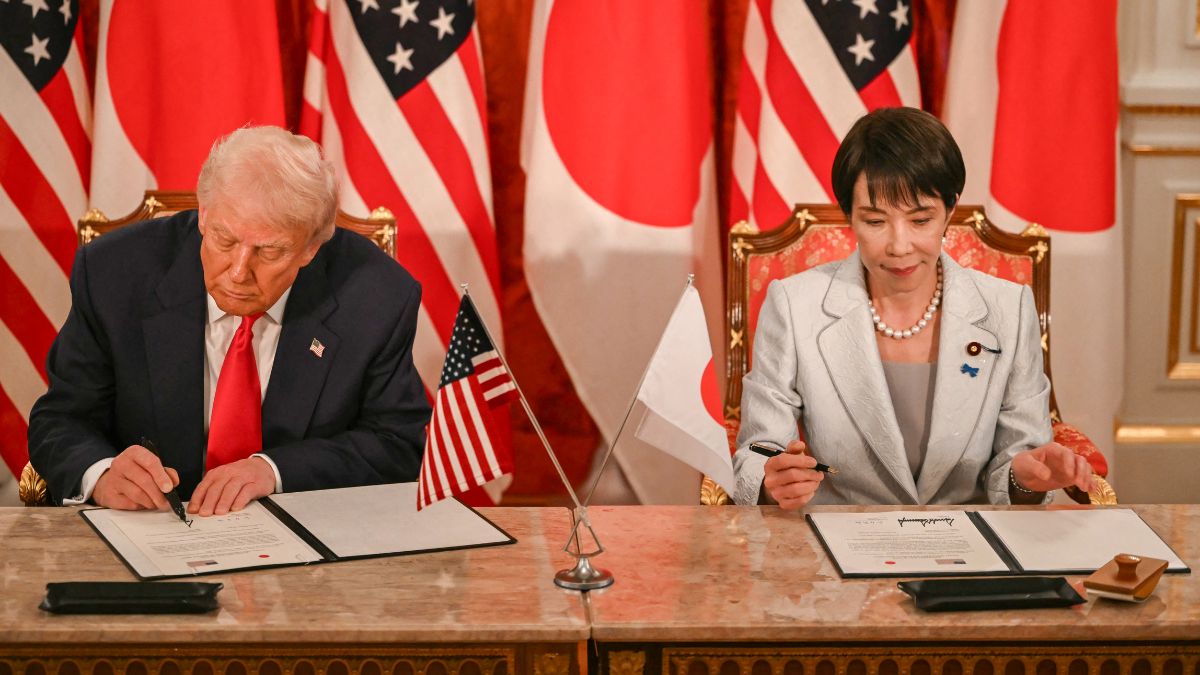)
)
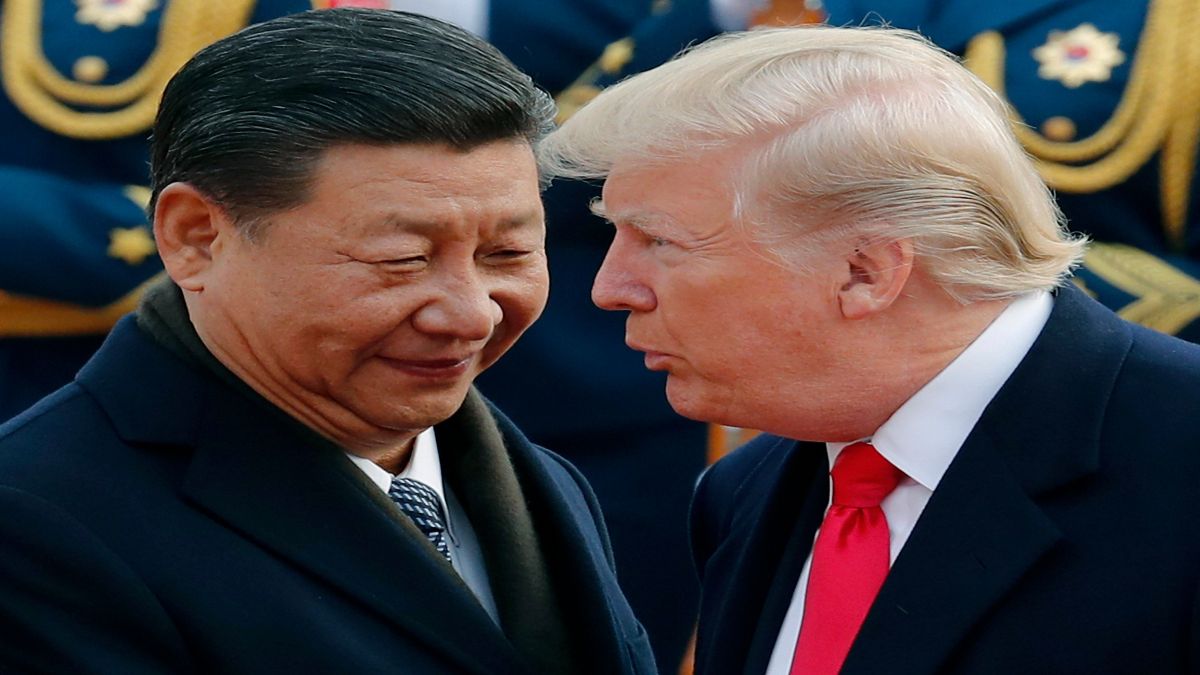)
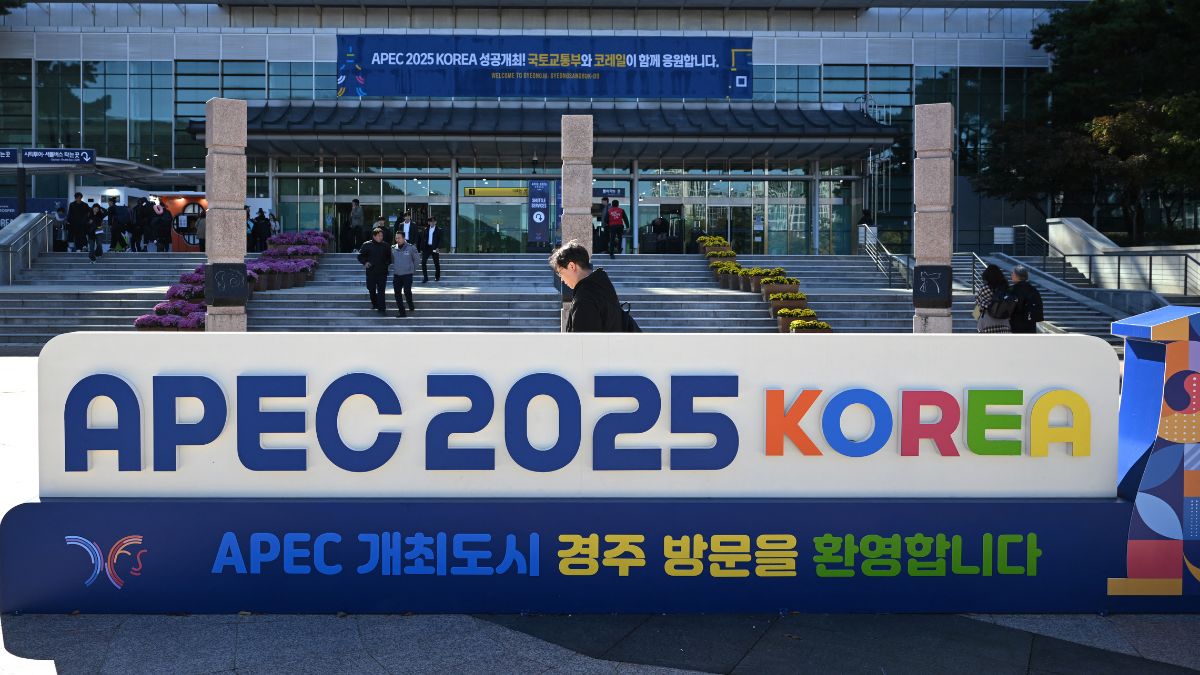)
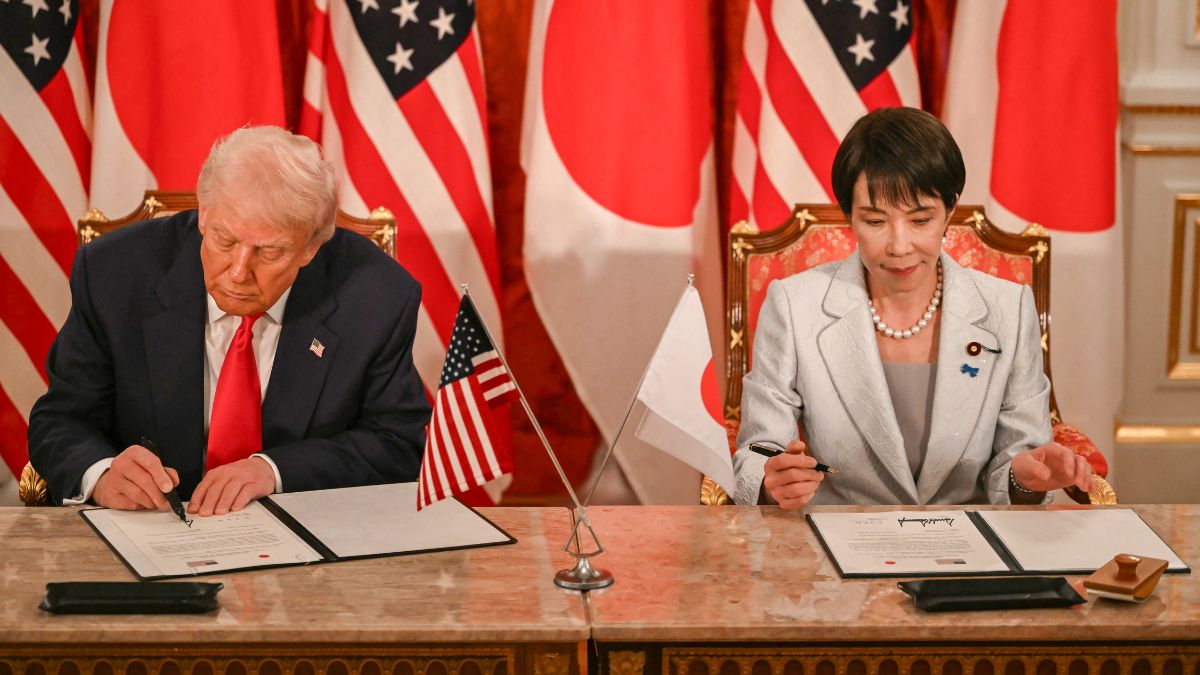)
)



